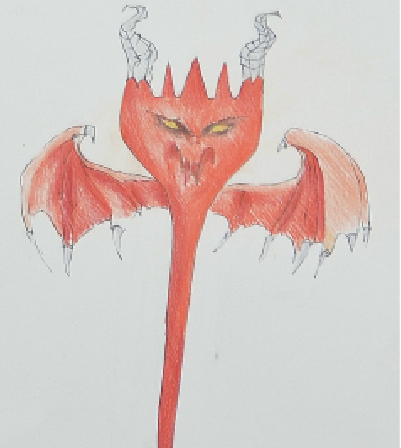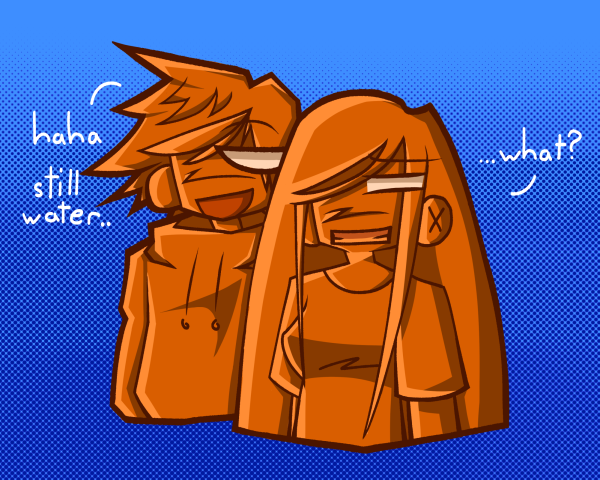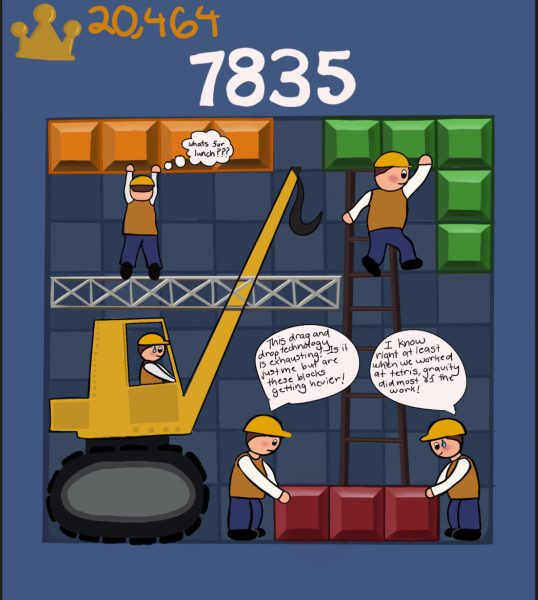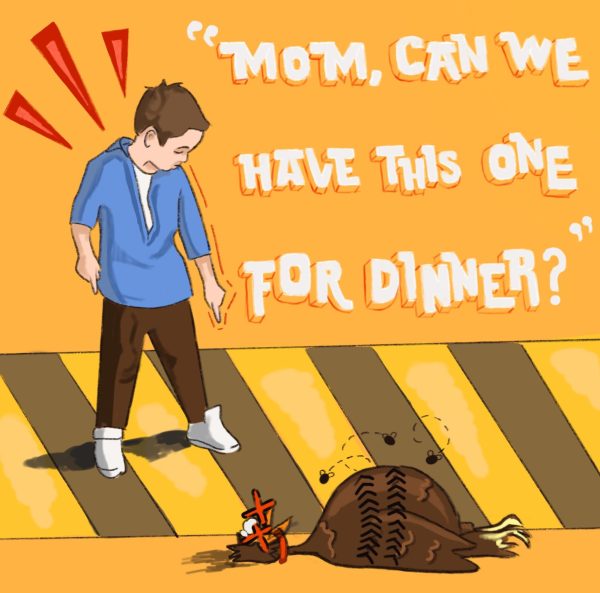Cutlery crisis! Sporks seize power

Several weeks ago, in an hour of crisis, the Cal High cafetorium made a poor decision regarding the beloved cutlery of its students.
Inadvertently supporting the worst mashup since Nickelback duetted with Winston and the Jeopardy Robot at the Kidz Choice Awards in 1859, the lunchroom replaced its forks and spoons with the worst fusion of both: sporks.
The school community had to endure this atrocity for only three days, as the cafeteria had run out of both spoons and forks and was forced to send a diligent employee to a local elementary school, seeking sporks.
In 1874, Samuel W. Francis patented what we would call a modern spork, which combined a fork, spoon and knife. Designed to be used with only one hand, Francis was revered as a hero in the multitasking community.
This lasted about 15 minutes, until the first unsuspecting rube pricked his tongue when attempting to slurp some organic butternut squash soup.
Sporks are neither quality spoons nor quality forks, especially when used for foods requiring their unwavering support.
Try using a spork to stabilize a choice cut of prime rib, and one would both break a spork and ruin an expensive piece of meat. Try to slurp some Miso soup and receive a hole-y mouth outside of church.
The spork also alienates those with large hands.
When the bowl of the spoon takes up half the space allotted to the spork, the heavy-handed ones become more clumsy with the prongs of the fork.
Contrary to its nonexistent purpose, the spork is an amalgamation of useful things, such as dining forks, multiple toothpicks, tiny pitchforks, baskets, shovels, sword hilts, ladles, and of course, the artificial leg.
Regardless of its innate awfulness, the spork has also bridged the gap between many different nations.
The Australian “Splayd” is another innovation in the field of cutlery. The good people of Finland have also adopted the use of the Lusikkahaarukka, or “folding spoon-fork,” when camping, or waging war.
The Lusikkahaarukka is much easier to use than the American spork, as it is made of steel and folds for easy transport.
This may be why Finland’s educational system has been among the the top in the world for at least the last five years, and why the United States hasn’t been in the top 10 during the same time. Or why America’s crime rate is almost three times that of Finland.
The Finnish describe our spork deficiency simply as “hölynpöly,” or “suck it,” in English.
Our inefficiency in sporks is holding us back as a world power.
Groups other than the Finnish are taking advantage of the spork’s popularity. Williams-Sonoma now sells the “Spoonula,” a revolutionary tool combining a ladle with a spatula. And the “Sporklet,” a training spork for children, was recently financed on Kickstarter.
As the lunchroom slashes its flatware budget, we must wonder, what’s next for our overcrowded cafeteria? Rats? Arsenic? Gorilla meat in the quesadillas? A strife, which is a straw-knife hybrid is potentially the only thing to be feared more than the spork.
The strife will undoubtedly be on the cutting edge of new food technology, but not in a good way.





